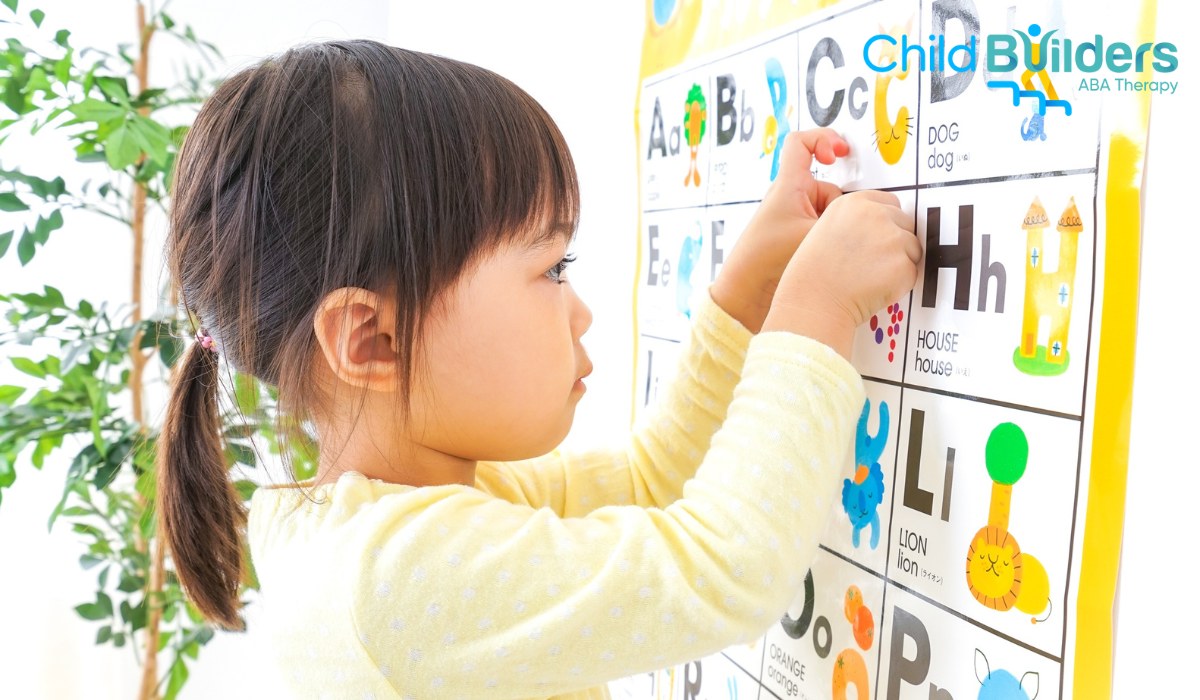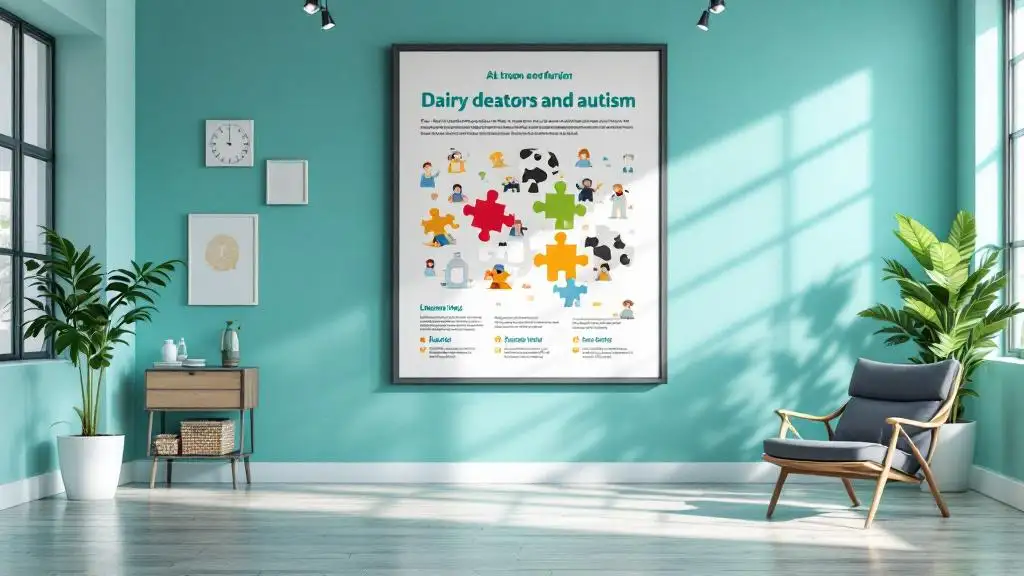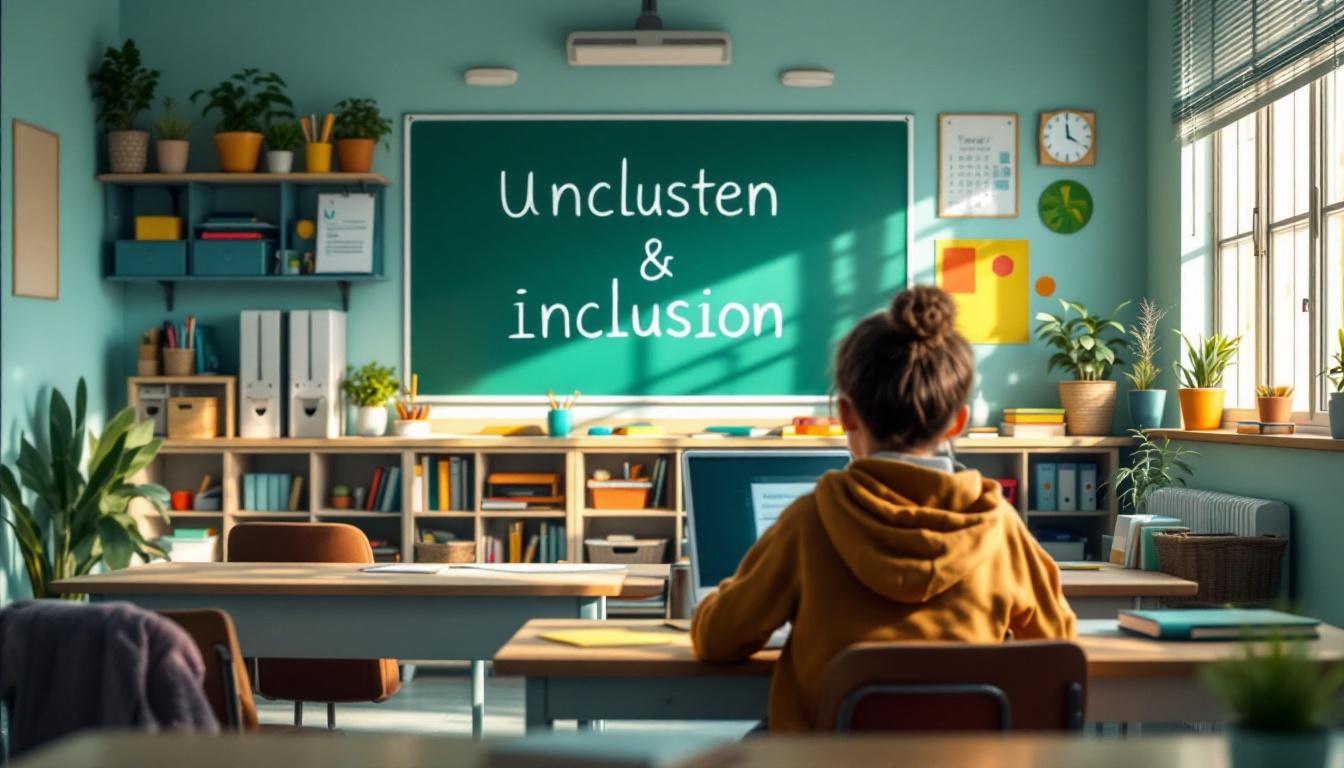The Difference Between Learning Disabilities and Autism

Key Points:
- Learning disabilities and autism are distinct conditions, though they can share some overlapping traits.
- Learning disabilities primarily affect cognitive skills such as reading, writing, and math, while autism impacts social communication and behavior.
- Understanding the differences is crucial for providing the right interventions, including therapies like Applied Behavior Analysis (ABA).
You notice your child struggles with reading, math, or social interactions, and you wonder—could it be a learning disability or autism? While these conditions share some similarities, they are fundamentally different. Knowing how they impact a child’s development can help you make informed decisions about intervention and support.
How Do Learning Disabilities Affect a Child?
A learning disability affects how a child receives, processes, and applies information. It is not related to intelligence but rather to specific brain functions that impact learning. Children with learning disabilities often struggle in school but can succeed with individualized support like tutoring, accommodations, and specialized instruction.
Here are some common types of learning disabilities in children:
- Dyslexia: Difficulty with reading, spelling, and phonemic awareness.
- Dyscalculia: Struggles with numbers, math concepts, and problem-solving.
- Dysgraphia: Challenges in writing, including spelling and fine motor skills.
- Auditory Processing Disorder: Difficulty processing sounds and following verbal instructions.
- Visual Processing Disorder: Trouble interpreting visual information, such as letters and numbers.
How Does Autism Affect a Child?
Autism spectrum disorder (ASD), on the other hand, affects how a child communicates, interacts, and behaves. Unlike a learning disability, which impacts specific skills, autism influences multiple aspects of development, including:
- Social skills: Difficulty understanding social cues, engaging in conversations, or making friends.
- Communication: Speech delays, limited verbal skills, or difficulty expressing needs.
- Repetitive behaviors: Engaging in routines, fixations on specific interests, and repetitive movements.
- Sensory sensitivities: Overreaction or underreaction to sounds, textures, lights, or other stimuli.
Some children with autism may also have intellectual disabilities or learning challenges, but autism itself is not a learning disability. It is a developmental disorder that affects behavior and interaction with the world.

Can Autism and Learning Disabilities Occur Together?
Yes, autism and learning disabilities can co-occur in some children. In fact, studies suggest that about 40% of individuals with autism also have a learning disability. This can make diagnosis more complex, as a child may show overlapping traits from both conditions.
For example:
- A child with autism and dyslexia may struggle with reading while also having difficulty understanding social cues.
- A child with dyscalculia and autism may find math challenging but also experience sensory sensitivities that affect learning in a classroom setting.
- Some children with autism might have average or above-average intelligence but still face academic challenges due to difficulties with attention, executive functioning, or language processing.
Because both conditions require different types of support, a thorough evaluation by a specialist is crucial for the right diagnosis and intervention.
Differentiating Autism and Learning Disability
While autism and learning disabilities can share some overlapping traits, they are fundamentally different conditions that affect children in distinct ways. A learning disability primarily impacts specific academic skills like reading, writing, or math, while autism spectrum disorder (ASD) affects social communication, behavior, and sensory processing.
A child with a learning disability may struggle with understanding words or numbers but typically has intact social and communication skills. In contrast, a child with autism may have difficulty with eye contact, social cues, or verbal expression, even if they perform well academically.
Another key distinction is that learning disabilities are often diagnosed when children start school and struggle with specific subjects, while autism symptoms typically appear before age three, affecting broader aspects of development.
How to Support a Child with Autism or a Learning Disability
Every child learns differently, and understanding their unique needs is key to providing the right support. Whether your child has autism, a learning disability, or both, early intervention can make a big difference in their development and confidence.
Support for Learning Disabilities
Children with learning disabilities often need specialized teaching strategies to succeed in school. Personalized education plans, such as Individualized Education Programs (IEPs) or 504 Plans, can provide accommodations like extra time on tests or assistive technology. These tools help children work around their challenges while building on their strengths.
Another helpful approach is multi-sensory learning, which engages more than one sense at a time. For example, using visual aids, hands-on activities, and audio lessons can reinforce learning in ways that suit the child’s brain processing style. Tutoring, small-group instruction, and educational apps can also provide additional support.
Support for Autism
Children with autism spectrum disorder (ASD) often benefit from therapies that build communication and social skills. Applied Behavior Analysis (ABA) therapy is one of the most effective treatments, helping children learn daily life skills and positive behaviors through structured reinforcement techniques.
Other valuable therapies include speech therapy to improve language skills and occupational therapy to help with sensory sensitivities and fine motor skills. Teaching social skills through guided interactions can also help children with autism navigate friendships and everyday conversations more easily.

When to Seek Professional Help
If your child struggles with learning, communication, or social skills, seeking an evaluation is the first step toward understanding their needs. Early intervention makes a significant difference in a child’s academic and developmental growth.
Signs that a child may need professional assessment include:
- Difficulty reading, writing, or solving math problems.
- Struggles with social interactions, eye contact, or making friends.
- Delayed speech or difficulty expressing needs.
- Sensory sensitivities (e.g., covering ears, avoiding textures).
- Rigid routines or repetitive behaviors.
A psychologist, speech therapist, or behavioral specialist can assess whether a child has a learning disability, autism, or both and recommend the right interventions.
Get Expert ABA Therapy Support at Child Builders ABA
Helping children with autism build stronger communication, social, and adaptive skills is achievable with the right support. At Child Builders ABA, we offer personalized Applied Behavior Analysis (ABA) therapy designed around each child’s unique strengths and goals. Our dedicated team collaborates with families to create meaningful, practical treatment plans that foster growth at home and beyond.
We proudly provide ABA therapy in Rhode Island, Massachusetts, and New Hampshire. If you’re looking for compassionate and effective autism therapy, contact us today to learn how we can help your child thrive.



.jpg)

































































































